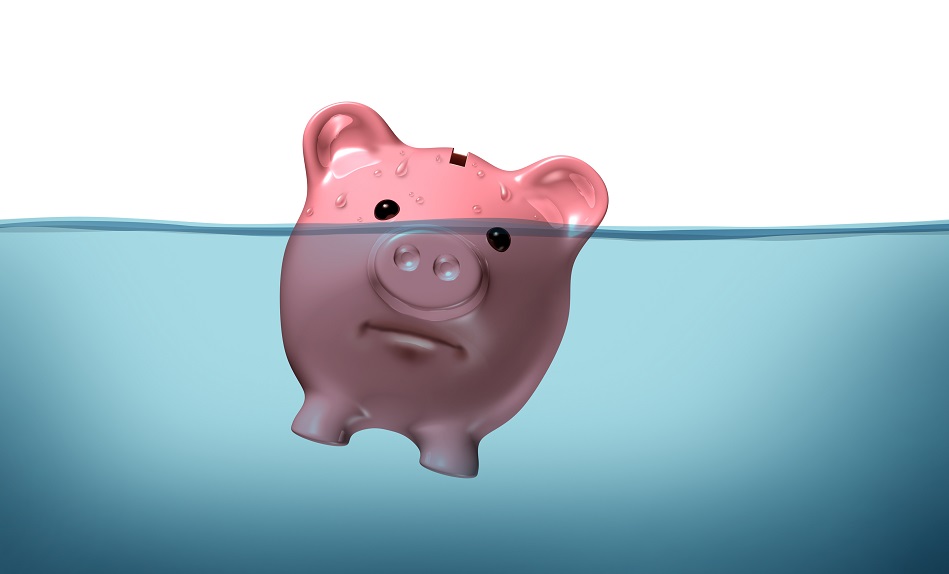Debt: How Much Is Too Much?

Debt is normal and, in some cases, even beneficial. However, there is such a thing as too much debt. So, how do you know when you’ve crossed the threshold from normal or even beneficial debt to too much debt? The fact that you’re asking at all is probably a key indicator you’re in over your head. Just to be sure, however, we’ve put together this handy guide to help you make sense of your financial situation.
Calculating Your Debt-to-Income Ratio
One of the quickest ways to determine if you have too much debt is to calculate your debt-to-income ratio. The math is pretty straight forward:
Your total recurrent monthly debt / your monthly income, before taxes = debt-to-income ratio.
Recurrent monthly obligations include any debt payment you make each month, such as your mortgage, auto loan and credit card bills. Your monthly income includes money you make from wages, social security, alimony, etc.
For example, say you pay $1,000 a month toward your mortgage, $300 toward your auto loan, $250 toward your student loans and $500 toward your credit card balances. Your total recurring debt is $2,050. You make $4,000 a month. You can more than afford your debt, right? Not so fast.
According to the math, your debt-to-income ratio is 51.25%. The ideal debt-to-income ratio is 15%. Financial consultants recommend that anyone with a ratio of between 15% and 39% take measures now to reduce their debt load. Anyone with a debt-to-income ratio of 40% or higher should seek advice from a bankruptcy attorney.
Looking for Warning Signs That You Can’t Afford Your Debt
You don’t need to break out a calculator to know that you have too much debt. You merely need to look for the warning signs. Common warning signs you’re in over your head with debt are as follows:
• You don’t know how much you owe, but you suspect that it’s more than you can handle.
• You never pay your bills on time because you’re constantly trying to catch up on other payments.
• You’re constantly borrowing money from friends, family members or payday lenders to make ends meet.
• You’ve either completely drained your savings to pay down debt or make ends meet, or you don’t have savings at all.
• You put everyday living expenses, such as groceries and gas, on credit.
• You’re dishonest with yourself and your loved ones about your spending habits and the amount of debt you have.
One of the biggest indicators that you have too much debt, however, is your mental well-being. If you lose sleep over your finances or if your work performance suffers because all you can think about is how much money you owe, you know you have a problem.
Using Debt To Get Out of Debt
Though it seems counterproductive, one of the smartest things you can do for your finances is to use a personal loan to get out of debt faster. By consolidating your debt, you can make your monthly payments more manageable and reduce the amount you owe in interest. The second benefit is huge, as research indicates that approximately half the money Canadian households pay toward debt each month actually goes to interest. You can use the money you no longer have to pay in interest to pay down your outstanding balances more quickly.
Before you go and take out a personal loan, however, be
smart in how you do so. Use our personal loan search engine to find the lowest
rates and best terms your credit score will get you. Don’t put off
consolidation any longer. Shop for a loan today.
